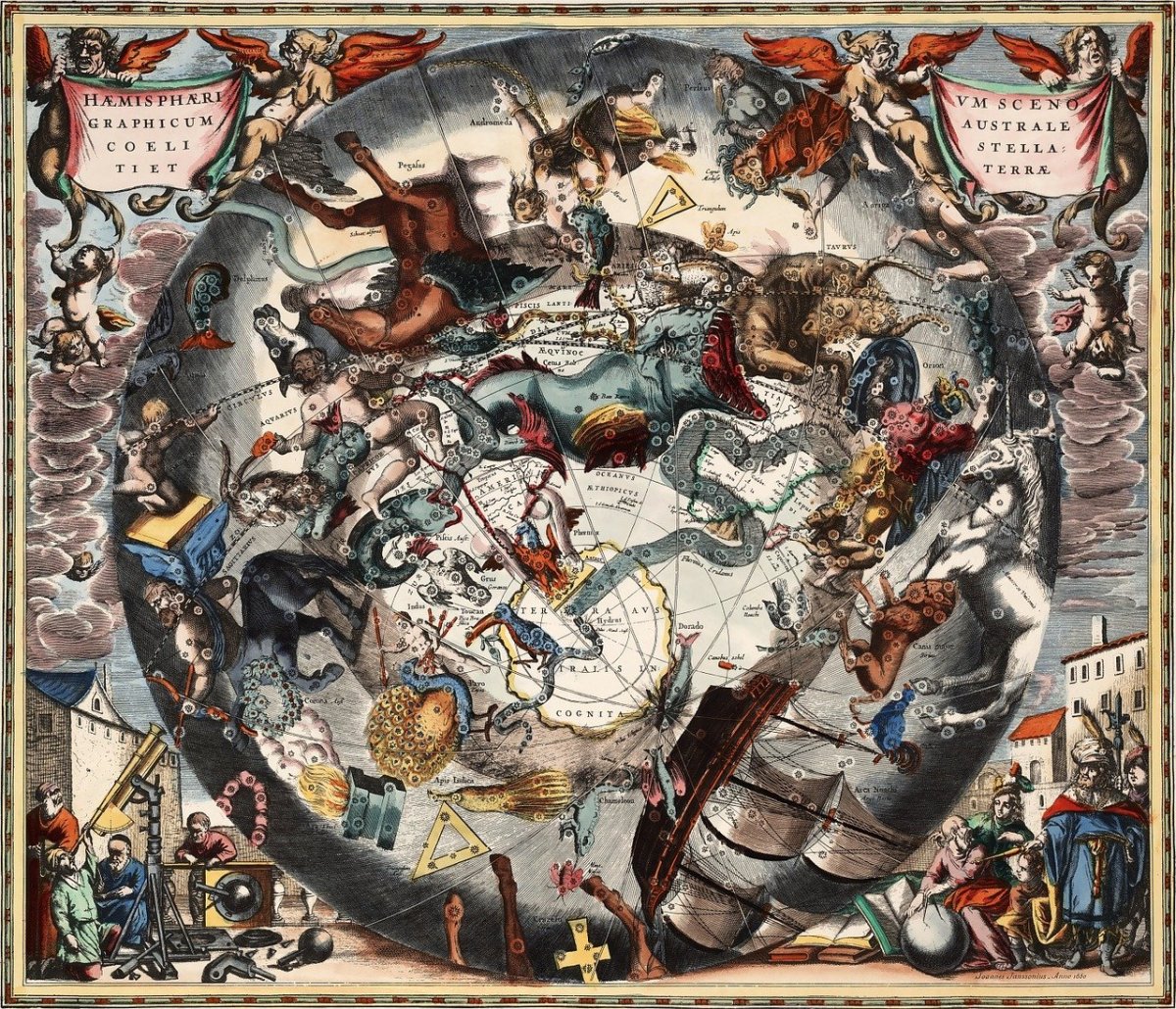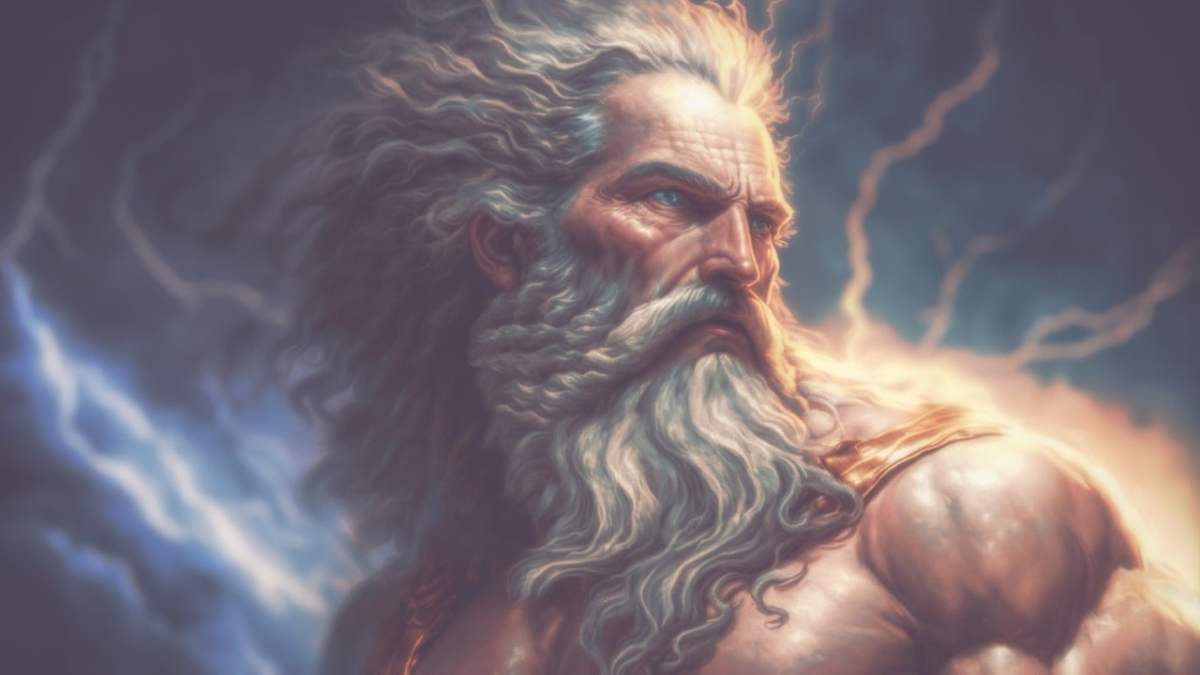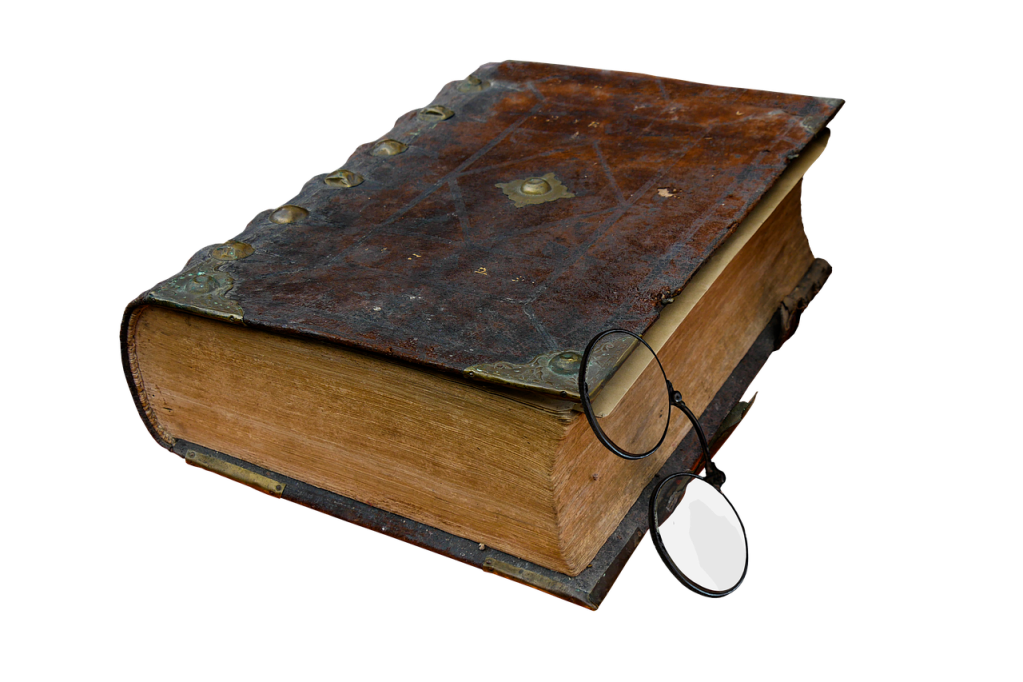Brief Recap of Part one
In this whirlwind journey through the captivating world of myths, legends, and prophecies, we’ve covered a lot of ground! We kicked things off by diving into why these timeless elements can make your speculative fiction truly unforgettable, adding layers of historical richness, emotional depth, and universal appeal. Then, we time-traveled through history, exploring how you can borrow from age-old stories to add a unique twist to your own narrative. We even broke down the types of myths and legends you might consider, from creation myths and heroic quests to folk tales and doomsday prophecies. Most recently, we unlocked the secrets of crafting an enthralling prophecy, discussing everything from language and ambiguity to integration within your plot. So, if you’re ready to elevate your storytelling game, you’re in the right place.
The Legend as World-building
So far, we’ve talked about why myths and prophecies are like the secret sauce in a story, how history can be your inspirational muse, and even got into the nitty-gritty of crafting your own prophecies. Feeling empowered yet? Good! Because now, we’re shifting gears to talk about how legends can serve as the cornerstone of your world-building efforts.
The Cultural Blueprint
Think of legends as the cultural DNA of your fictional society. They tell your readers, and your characters, what values are cherished, what fears lurk in the collective subconscious, and what sort of history has shaped the current state of affairs. Want to highlight a societal norm or taboo? Craft a legend that serves as a cautionary tale. Need to explain why a certain festival is so important to your people? A legend can do that, too.
Geographical Landmarks with a Twist
Ever read about a mountain range that’s said to be the resting place of ancient gods, or a river that’s believed to have magical properties? Legends can add a mystical layer to your geographical landmarks, making the setting itself a character in your story. Plus, these legendary locations can serve as plot points or quest destinations. How cool is that?
Objects of Power
From Excalibur to the One Ring, legendary objects have been capturing our imagination for ages. If you include a legendary artifact in your world, you automatically elevate its importance and give it a backstory that can be explored in the narrative. Plus, who doesn’t love a quest to find a legendary sword or a cursed gem?
Myths vs Reality
Ah, the delightful tension between what’s believed to be true and what actually is! Legends offer you the opportunity to play with this dynamic. Maybe your characters are skeptical, only to find out the legends are truer than they ever imagined. Or perhaps the legend is only a distorted version of the truth, and discovering the reality becomes a plot point.
Remember: Less Can Be More
A quick note of caution, while it’s tempting to go overboard with legends, sometimes less is more. One or two well-crafted legends can often do more to enrich your world than a dozen half-baked ones. Make each legend meaningful, and it’ll resonate more with your readers.
So there you have it. Legends aren’t just cool stories; they’re potent tools for building a fictional world that feels as real, textured, and complex as our own. Up next, we’ll share some tips and tricks for seamlessly weaving these mythical elements into your narrative. But for now, why not try your hand at crafting a legend or two? Your world, and your readers, will thank you.

Pitfalls to Avoid
Before we unleash you into the wild world of mythical storytelling, we’ve got to talk about some of the pitfalls that can trip you up. It’s kind of like a “buyer beware” section but for writers. Knowledge is power, right? So, let’s get into it.
Cultural Appropriation
First on the list is a biggie: cultural appropriation. When you’re borrowing from myths and legends, especially those that aren’t part of your own cultural background, tread carefully. These stories are often deeply ingrained in a culture’s identity and spirituality. So, do your research, be respectful, and if possible, consult with people from that culture to get their perspectives.
Overcomplicating Things
Ah, the allure of intricate prophecies and multi-layered legends, it’s hard to resist. But beware of making things so complex that your readers need a PhD in Mythology to follow along. Remember, clarity is key. Your mythical elements should enrich your story, not muddle it.
Stereotyping and Tropes
While myths and legends often contain universal archetypes, there’s a fine line between using an archetype and falling into the trap of stereotypes. The wise old wizard, the chosen one, the damsel in distress, these can all quickly turn into clichés if not handled with care.
The Deus Ex Machina Trap
Be cautious when employing prophecies or legends to resolve your story’s conflicts. If the prophecy conveniently solves all the problems without any effort or sacrifice from the characters, it can feel like a cheat. You know, the ol’ “deus ex machina” issue where a seemingly unsolvable problem is suddenly resolved by an unexpected intervention.
Ignoring the Ripple Effect
When you introduce a myth, legend, or prophecy into your world, it’s going to have ripple effects. Ask yourself: how does this change the way people live, govern, worship, or even wage war? If a prophecy is well-known, for instance, wouldn’t people be making decisions based on it? Ignoring these ripples can make your world feel shallow.
Lack of Relevance
Finally, every myth, legend, or prophecy you introduce should serve a purpose. Whether it’s to develop character, advance the plot, or enrich the setting, it needs to tie back into the larger story. If it doesn’t, it’s just window dressing.
Alright, aspiring myth-makers and lore-crafters, now you’re armed with the dos and don’ts of integrating myths, legends, and prophecies into your stories. It’s a bit like navigating a maze; it’s challenging but oh-so-rewarding when done right.
Case Studies
We’ve talked theory, offered guidelines, and even cautioned you against some pitfalls. But sometimes, the best way to learn is by example, right? So grab your archaeologist’s hat—we’re about to dig into some case studies to see how the masters of speculative fiction have expertly integrated myths, legends, and prophecies into their stories.
J.R.R. Tolkien’s “The Lord of the Rings”
Ah, the granddaddy of modern fantasy! Tolkien’s lore is so rich it’s practically a study in world-building itself. From the creation myth of Arda to the legend of Númenor and the prophecy of the One Ring, Tolkien weaves these elements so seamlessly you’d think Middle-earth really exists. Notice how each legend or prophecy serves a purpose, either advancing the plot or deepening the world.
J.K. Rowling’s “Harry Potter”
The “Boy Who Lived” prophecy sets the stage for the entire series, driving the actions of both the protagonist and the antagonist. Rowling also sprinkles in myths and legends, like the Deathly Hallows and the tale of the Three Brothers, to enrich her world and foreshadow future events.
Ursula K. Le Guin’s “Earthsea”
The Earthsea series incorporates a myriad of myths, from creation stories to legends that define the rules of magic in the world. Le Guin uses these stories not just as plot devices but as ways to explore deeper themes like balance and duality.
H.P. Lovecraft’s Cthulhu Mythos
Switching gears to horror, Lovecraft’s mythos is an excellent example of creating new myths. The legend of the Great Old Ones and the dreaded Necronomicon serve as a terrifying backdrop for many tales, impacting how characters interact with their world, and what they fear.
N.K. Jemisin’s “The Broken Earth”
Jemisin utilizes prophecy and legend to create a complex, multi-layered narrative. The world of the Stillness has its own rich history of lore, which not only serves to make the setting more vivid but also turns into crucial plot points.
So, what can we learn from these case studies? First, that myths, legends, and prophecies are most effective when they’re an integral part of the story or world. They shouldn’t feel tacked on; rather, they should serve to deepen character, enhance plot, or enrich the setting. Secondly, these elements can be tools to explore larger themes or messages you want to convey.
Practical Tips and Exercises
Okay, we’ve talked theory, dissected case studies, and now it’s time to roll up our sleeves and get practical. Because let’s face it, the best way to master the art of weaving myths, legends, and prophecies into your narrative is by actually doing it. Ready… Set… Write!
Exercise 1: The Five-Sentence Legend
Grab a notebook or open a new doc and write a legend for your story world in just five sentences. This will help you practice economy of language and focus on the core elements that make a legend intriguing.
Exercise 2: Prophecy Remix
Take a well-known prophecy from literature or history (think Nostradamus, or the Oracle of Delphi) and rework it to fit your own story. What changes when you move it to a different setting or apply it to different characters?
Exercise 3: The Mythical News Headline
Imagine a daily newspaper exists in your world. Write a headline that could appear in it, based on a recent ‘mythical event.’ Then jot down a short article elaborating on it. How do people react? This can give you insights into how myths affect daily life in your world.
Tip 1: Start Small
If you’re new to this, don’t feel you need to create an elaborate mythos straight out of the gate. Sometimes a single, well-placed prophecy or a simple legend about a local landmark can add depth to your story.
Tip 2: Consistency is Key
Make sure the myths and legends you create align with the cultural, historical, and physical realities of your world. A desert society probably wouldn’t have a legend about sea monsters, for instance.
Tip 3: Make It Relevant
Tie your mythical elements into the current plot or character arcs. If a prophecy is made, show its ripple effects—how does it change your characters’ choices, for example?
Tip 4: Test It Out
Run your mythical elements by beta readers or writing groups familiar with your genre. They can offer valuable feedback on whether your addition feels organic or forced.
Tip 5: Have Fun With It
The most important rule is to enjoy the creative process. If you’re having fun building your world’s myths and legends, that enthusiasm will shine through in your writing, and your readers will feel it too.
So there you have it. A handful of exercises and tips to set you on the path to becoming a master mythmaker. Remember, the best myths aren’t just told; they’re lived, breathed, and shared. Next time, we’ll delve into how to elegantly weave these elements into your narrative. But for now, why not give these exercises a whirl? Your inner bard will thank you.
In Conclusion: The Magic is in Your Hands
Well, my friends, it’s time to close the book on this epic journey through the lands of myths, legends, and prophecies in storytelling. Whether you’re just embarking on your first writing adventure or you’re a seasoned scribe, remember this: the power to create universes, shape destinies, and bring legends to life is right there at your fingertips. Use it wisely, use it well, and above all, have a blast doing it!
Engage With Us: Your Stories, Your Voice
Ready to take the plunge? We’d love to hear about your experiences! Share your freshly-crafted myths or your attempts at prophecy writing in the comments below. Have questions or hit a creative roadblock? Don’t hesitate to ask for advice. I’d like to build a community on here that is a treasure trove of wisdom and inspiration, and just by reading this you’re invited to become a part of it. Thanks for reading, and keep writing!
C. Wesley Clough
Constellation Image by Gerd Altmann from Pixabay, pitfall Image by 愚木混株 Cdd20 from Pixabay



